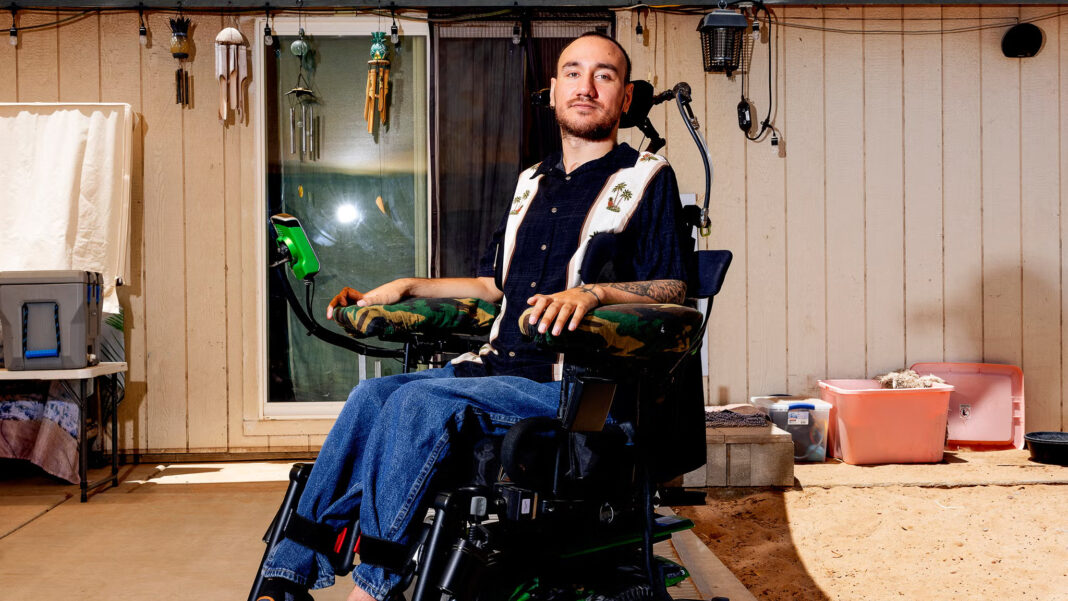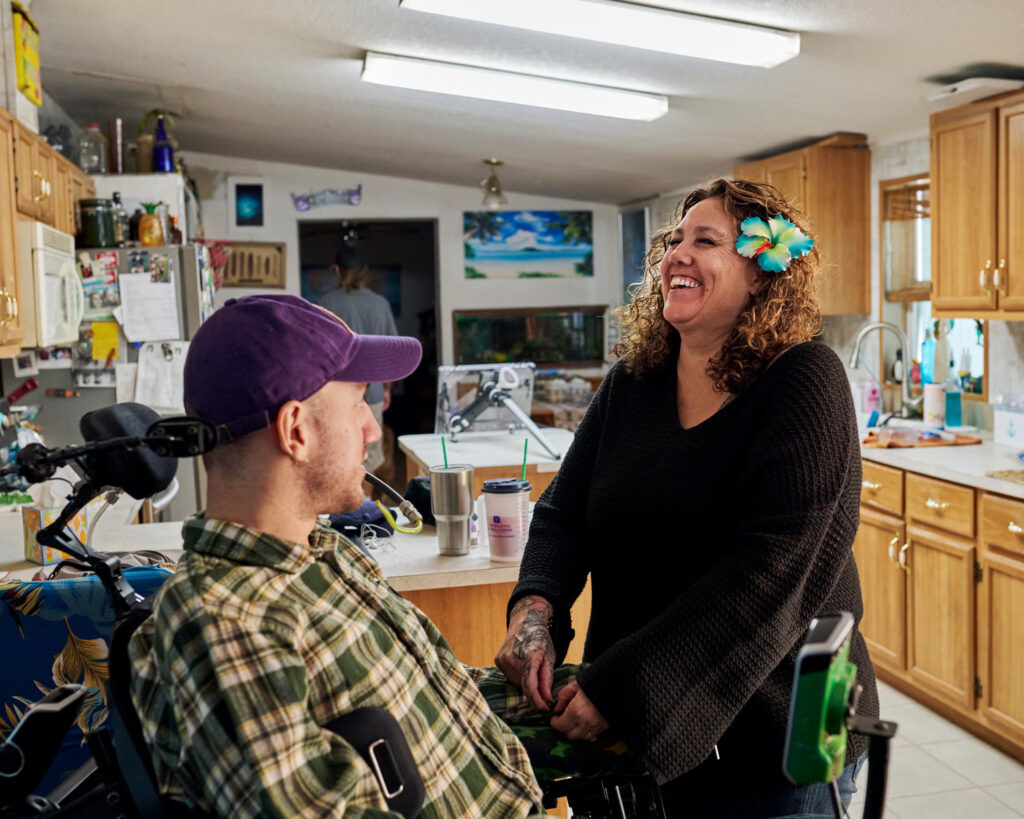
In an era where technology continues to push the boundaries of what’s possible, few stories exemplify its potential as powerfully as that of Noland Arbaugh. A quadriplegic patient who became the first participant in Neuralink’s groundbreaking clinical trial, Noland’s journey is one of unimaginable challenges, but also incredible triumphs. His life today, marked by the fusion of cutting-edge technology and unwavering human spirit, offers not only a glimpse into the future of brain-computer interfaces (BCIs) but also a profound reflection on what it means to live with purpose, resilience, and hope.
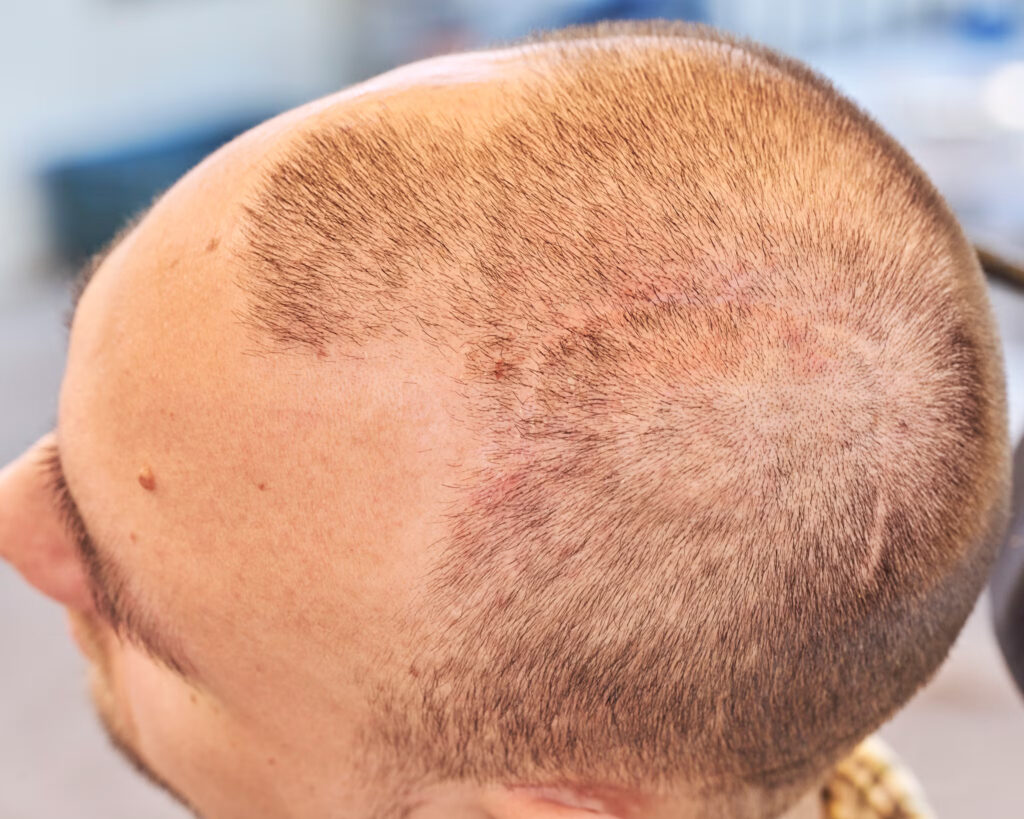

Noland Arbaugh’s story begins in a place of deep personal tragedy—a tragic accident left him with a spinal cord injury, rendering him quadriplegic. Life as he once knew it was changed in an instant. However, amidst this overwhelming adversity, Noland found hope in the hands of science. Neuralink, the brainchild of Elon Musk, entered his life as a beacon of potential. The company’s innovative N1 chip, designed to bridge the gap between the human brain and technology, became a part of Noland’s brain—offering him the opportunity to regain control over his body and improve his quality of life.
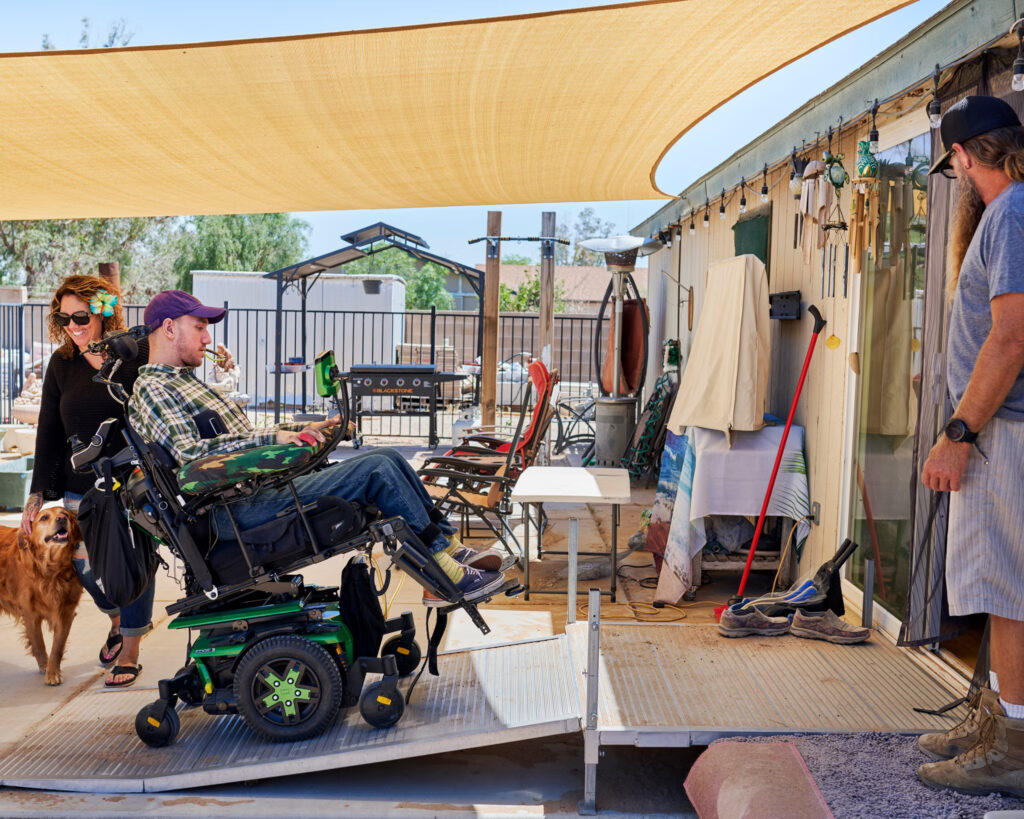
Over the course of 14 months since the implant, Noland’s progress has been nothing short of extraordinary. From struggling to move a cursor across the screen to now being able to execute precise, beautiful lines on his computer screen, Noland’s journey with the N1 chip showcases not only the advancements in brain-computer technology but also the incredible human capacity for adaptation and growth. What was once a janky and unrefined movement has transformed into seamless, purposeful action—a stunning testament to the power of perseverance and technology.
“Ultimately you would like to be able to think keys, or characters, or even whole words, and have it output,” Noland says, reflecting on Neuralink’s goal of developing technology that can translate thoughts into action seamlessly. “And I think that’s possible”
Though Noland’s progress is remarkable, the path has not been without its hurdles. Even simple tasks, like left-clicking or scrolling, required months of practice and dedication. The complexity of tasks like clicking and dragging proved to be difficult for the brain to master, forcing Noland to spend hours with Neuralink engineers to devise workarounds. Yet, despite these challenges, Noland’s commitment to the process remains unwavering. He participates in daily experiments, adjusting to new software, enhancing his abilities, and continuing to push the boundaries of what is possible.
“When we have experiments to run, we’ll get on a Google Meet for a few hours every day,” he explains. “They’ll change software, change things on the app. They’ll ask me to do this with the cursor for 5 minutes, then do that for 15 minutes—we’ll repeat that experiment a dozen times and then run the numbers against each other”
Technology, however, is only part of the equation. What truly sustains Noland is the love and support of his family. Mia, Noland’s mother, has been his rock throughout this journey, offering not just physical care but emotional strength. Together, they navigate this new chapter in their lives, finding moments of joy and peace despite the immense challenges they face. Whether it’s Noland using dictation software to send a text or simply enjoying time outdoors with his family, the fusion of technology and human connection has become a lifeline for Noland—offering him the ability to reclaim aspects of life he once thought lost forever.
“I’m still a quadriplegic. I still have to deal with my body, have to take care of myself,” Noland shares with a quiet strength. “Neuralink is a bonus”
Noland’s journey is also intertwined with the figure of Elon Musk, whose name has become synonymous with innovation and futurism. While Musk’s ambitious goals for Neuralink have been met with skepticism by some, Noland sees him through a different lens. For Noland, Musk is not a distant celebrity figure but a person whose vision has directly impacted his life in profound ways. Despite the controversies surrounding Musk, Noland remains grateful for the opportunity Neuralink has provided him. His interactions with Musk have been limited, but his gratitude for the technology that has improved his life is evident.
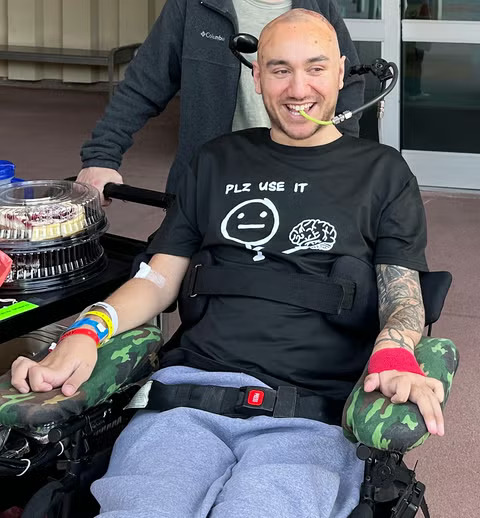
Noland’s pragmatic approach to his role in the Neuralink study is reflected in his humility: “I don’t care if I’m the face of Neuralink. I don’t care if people remember me or my name. If tomorrow they decided they were going in a different direction, I’d say, ‘Thanks for having me. I had a really good time doing all of this. I appreciate everything you guys have done for me.’”
Yet, Noland remains grounded in reality. He reflects on his role in the Neuralink study with humility, expressing that he doesn’t care about being remembered or recognized as the face of the company. What matters most to him is the progress he’s made, the independence he’s gained, and the sense of normalcy that technology has allowed him to reclaim. In a world where public figures are often placed on pedestals, Noland’s pragmatic approach offers a refreshing perspective on the intersection of technology and humanity.
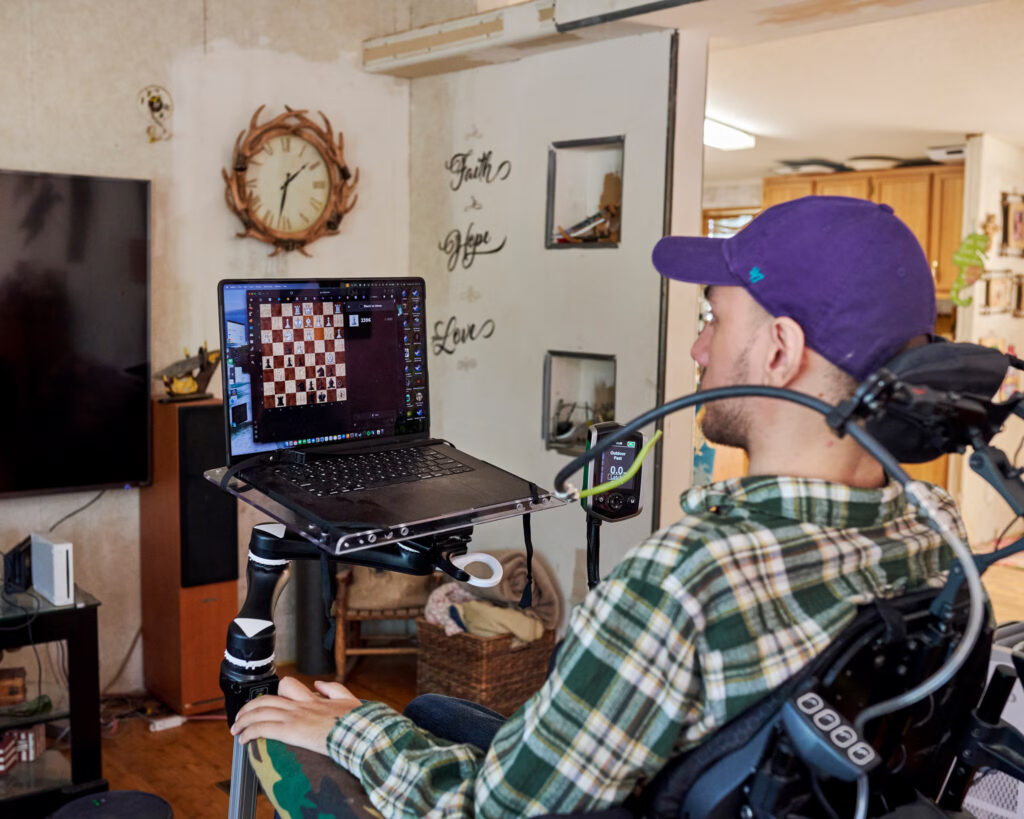
At the heart of Noland’s story is a powerful message about resilience. While the technology may have given him a new way to interact with the world, it is his inner strength that has truly defined his journey. Noland’s unwavering belief in the value of life—his faith, his family, and his determination to keep moving forward—has allowed him to thrive in the face of adversity. Even in moments of doubt, when the weight of his circumstances might seem too much to bear, Noland reminds himself of the supports that give him strength: his faith in God, the transformative power of science, and the unwavering love of his family.
In Noland’s own words, “If our partnership gets to a point where they decide it doesn’t work anymore for whatever reason, then it doesn’t work. I had a good run.”

His journey is a testament to the human spirit’s ability to endure, adapt, and flourish, even in the most difficult circumstances. In many ways, Noland’s story challenges us to rethink what it means to live fully. It’s not about perfection or the absence of struggle; it’s about embracing life with all its complexities and finding meaning in the process of growth and adaptation.
As Neuralink continues its work with Noland, the future looks promising. The technology has already made remarkable strides, and Noland’s experiences offer a roadmap for others who may one day benefit from similar advancements. While the specifics of Neuralink’s future trials remain to be seen, one thing is certain: Noland’s story will continue to play a pivotal role in the development of BCIs and the future of medical technology.
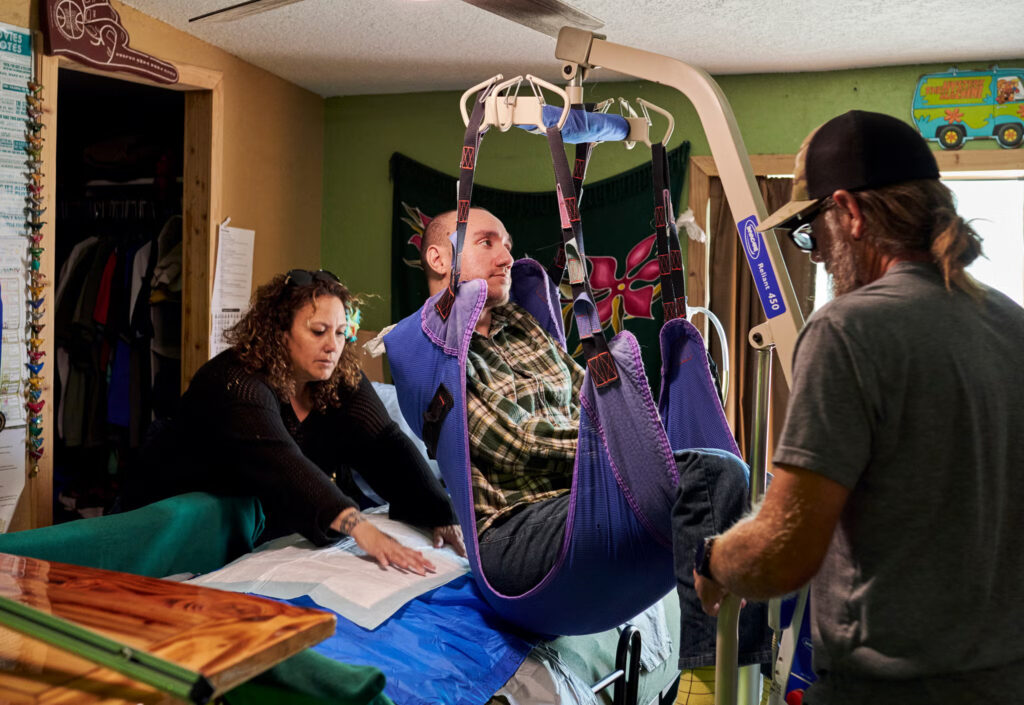
Noland Arbaugh’s journey is a powerful reminder of the incredible potential of technology when it is paired with the resilience of the human spirit. His story is not just one of medical breakthroughs—it is a testament to the strength of family, the power of hope, and the unbreakable will to live a meaningful life. As we look toward the future, Noland’s journey stands as a shining example of what is possible when science, technology, and humanity come together to create change.
As the first patient in Neuralink’s clinical trial, Noland’s story will continue to inspire, offering hope to those who face similar challenges and inspiring us all to embrace the possibilities of the future, no matter how uncertain it may seem.

